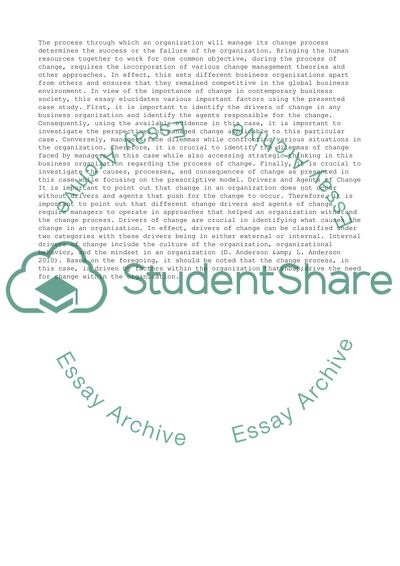Cite this document
(Beyond Change Management Term Paper Example | Topics and Well Written Essays - 1750 words, n.d.)
Beyond Change Management Term Paper Example | Topics and Well Written Essays - 1750 words. Retrieved from https://studentshare.org/management/1472915-management-of-change
Beyond Change Management Term Paper Example | Topics and Well Written Essays - 1750 words. Retrieved from https://studentshare.org/management/1472915-management-of-change
(Beyond Change Management Term Paper Example | Topics and Well Written Essays - 1750 Words)
Beyond Change Management Term Paper Example | Topics and Well Written Essays - 1750 Words. https://studentshare.org/management/1472915-management-of-change.
Beyond Change Management Term Paper Example | Topics and Well Written Essays - 1750 Words. https://studentshare.org/management/1472915-management-of-change.
“Beyond Change Management Term Paper Example | Topics and Well Written Essays - 1750 Words”, n.d. https://studentshare.org/management/1472915-management-of-change.


